Preludes, Puzzles, Persistence
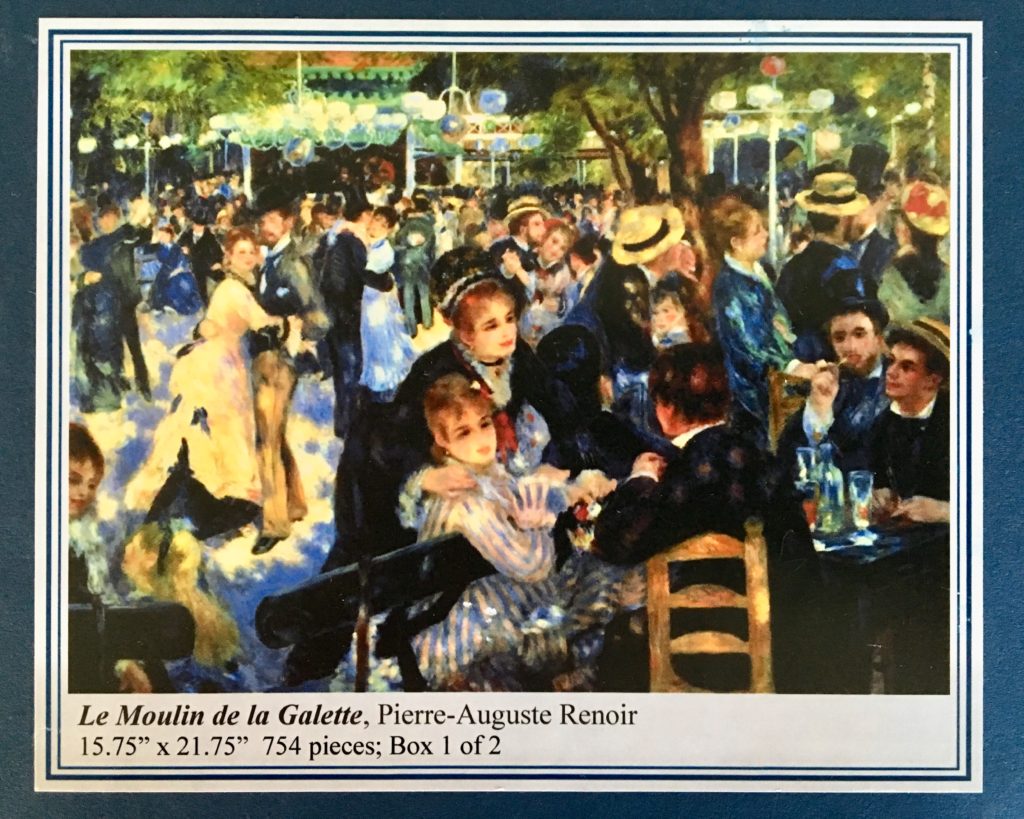
To keep my mind engaged during Florida’s torpid month of July, I set myself two challenges:
- Music: memorize Bach’s Prelude in B-flat minor, twenty-four measures of intricate harmonic and melodic patterns, a complex sound puzzle. It’s not particularly difficult to play with the score, but it’s a bear to memorize. I played it for dinner guests last Monday and it was well-received.
- Art: put together a Liberty Puzzle of Renoir’s famous painting, Bal a le moulin de la galette. Wooden Liberty Puzzles are to cardboard puzzles as Bach Preludes are to folk songs. This one came in two boxes–754 imaginative, 1/4-inch-thick, wooden jigsaw pieces–dancers, cyclists, birds, butterflies, flowers–no two the same. It took days just to find the corners, which met diagonally.
With my niece Susan and her family visiting from Texas for the first four days, it took me two weeks to complete the most difficult puzzle I’ve ever done. I had thought that maybe the teens might be interested, but they preferred the swimming pool, the golf course, or the beach. Susan’s husband Ernie deserves credit for a few pieces he joined together, but otherwise I worked alone. Here’s the finished product. The lower left side shows some of the complexities.
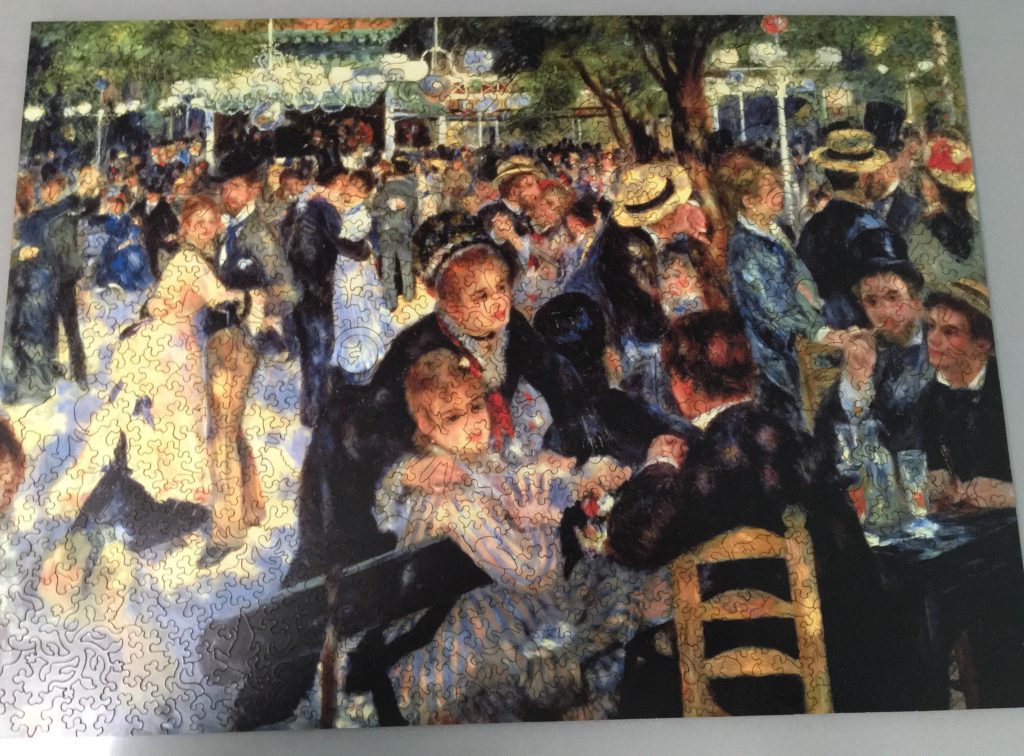
The two projects related well to each other. Just as the music insisted on being the main aural channel of my brain all month, Renoir’s art influenced my vision. Whenever I looked at the sky, the clouds became puzzle pieces, as did countries on a globe, streets on a map, and paths on the nearest golf course.
I began to notice more shades of colors and how breezes made leaves and lights shimmer. That, in turn, made me experiment with dynamic effects in the Bach. Renoir’s subjects were dressed in evening finery, much as Bach’s listeners would have been. That made me take them more seriously. The exquisite shapes made me appreciate anew the patterns in our oriental rugs. Like our rugs, these works of art have endured: Renoir’s for 142 years, Bach’s for 296.
Progress on the puzzle was so slow that I almost gave up–so many variations of black pieces, each insisting on its own place! Then I read Chelsea Clinton’s She Persisted to Nina and Margot yesterday and realized that I must finish what I had started. I’m keeping the puzzle together until they see it, so that they will know that their grandmother, too, persisted.
The full title of Renoir’s painting, Bal a le moulin de la galette, is often translated as “Dance at le Moulin de la Galette.” So, where was this dance? A moulin is a windmill and there were two large ones near Montmartre in Paris at that time. A galette is a crusty, savory French pastry. Apparently, the venue was a place to eat tasty treats and have dances. I remembered seeing the painting at the Musée d’Orsay in Paris in 2016 and found a guide book that I had bought there. Its large reproduction helped me study the painting more closely. Examining a painting inch by inch sears it into your brain. The Bal is my new image of a great party.
The downside, or rather, the back story: hours spent pouring over counterpoint and puzzle pieces gave me terrible backaches. I felt better when I made myself take a swim, go for a walk, or read a chapter every hour or so.
Many thanks to my dear friend Carolyn Cohan for introducing me to Liberty Puzzles three years ago at her home on Maryland’s Eastern Shore. Working together with her husband Phil and our brother-in-law Joe Simmons, we did a one-box puzzle of Georges Seurat’s A Sunday on the Grand Jatte in only two days. I wish that crew had been here to help with the Renoir; Steve opted for his kind of puzzle, watching the British Open.
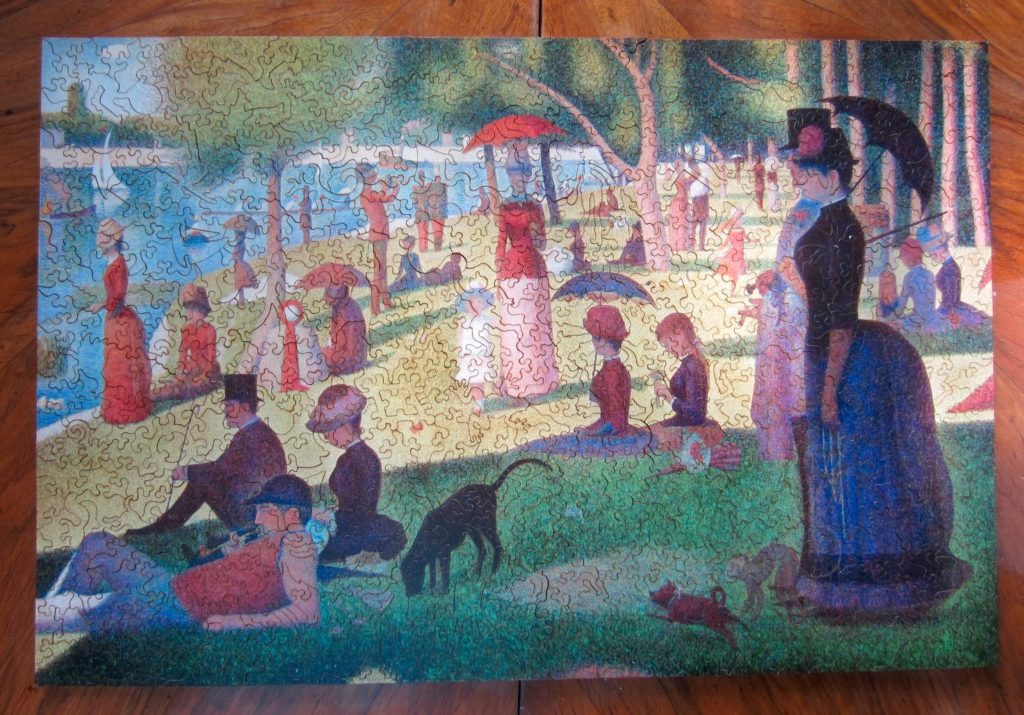
Thanks, too, to Cousin Jay Collins, who gave me the Renoir puzzle for Christmas in 2016. For a year and a half I was too intimidated to open it, but I’m glad now to have completed my July challenges and to have had such an enriching experience. The moon is full; I’m ready for my next month of travels.
With the B-flat-minor Prelude, I can now play five Bach Preludes by memory. Bach wrote forty-eight “big” preludes and many “little” ones. Chopin, who admired Bach, produced twenty-four, some long, some short. Both were inspired to compose a prelude for each of the twelve major and twelve minor keys; Bach, who lived to be 65, did two sets, twenty years apart. Chopin died at 39. My new goal is to memorize at least five Chopin preludes (Romantic-period music is easier to memorize than Baroque). Here’s a video of my new Bach Prelude by Sun Hwa Kim, a pianist I admire. Her sensitive playing helped me learn it by heart.
While hunkered down during the coronavirus outbreak in March 2020, I recorded my own version of the B-flat minor Prelude:
Another puzzle: When Shelby surprised us all by coming to Florida for Steve’s 75th birthday celebration on August 25, she brought me a puzzle she got when her family visited Carlsbad Caverns earlier in the month. It took me 10 days to do this 550-piece puzzle, after Shelby had established all the edge pieces:
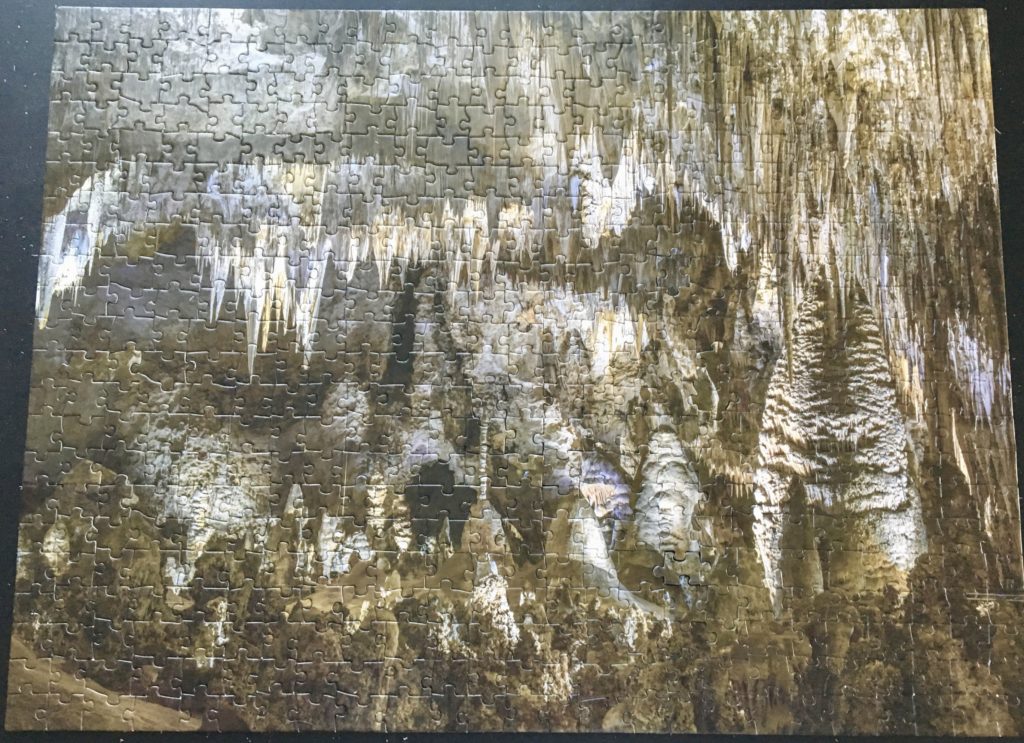
The puzzle is based on a photograph by Frank Lee Ruggles of the 8.2 acre “Big Room,” the most popular place in the National Park. Look how it compares to photos I took of the same “Big Room” in 2014, when Marjo and I visited the Caverns: 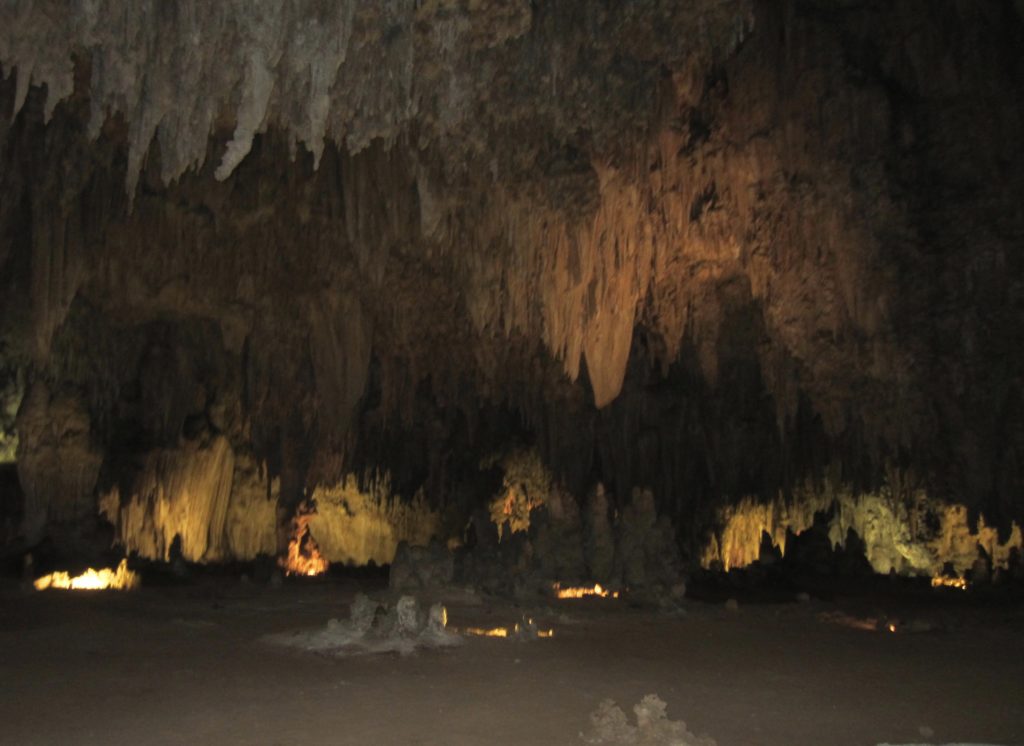
The lighting is different, but you can see some of the same formations. Consider these two close-ups I took:
It was fun to remember visiting the Caverns. My persistence gene kicked in once more. Doing the puzzle, I learned a lot more about stalactites, stalagmites and color discrimination!
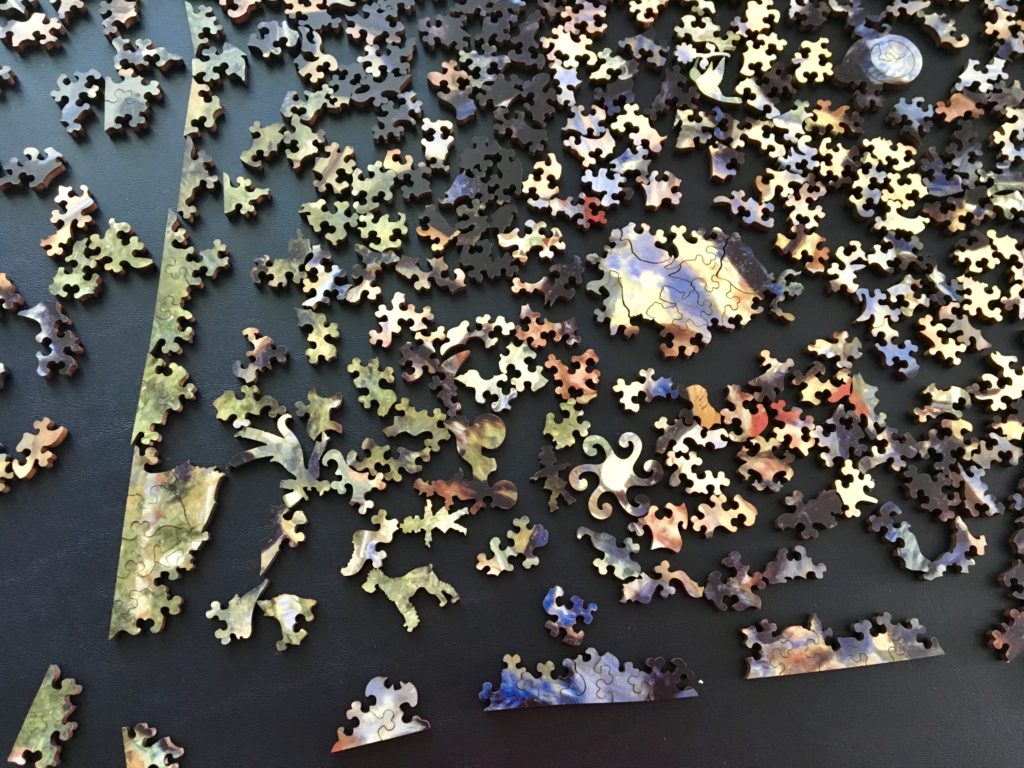
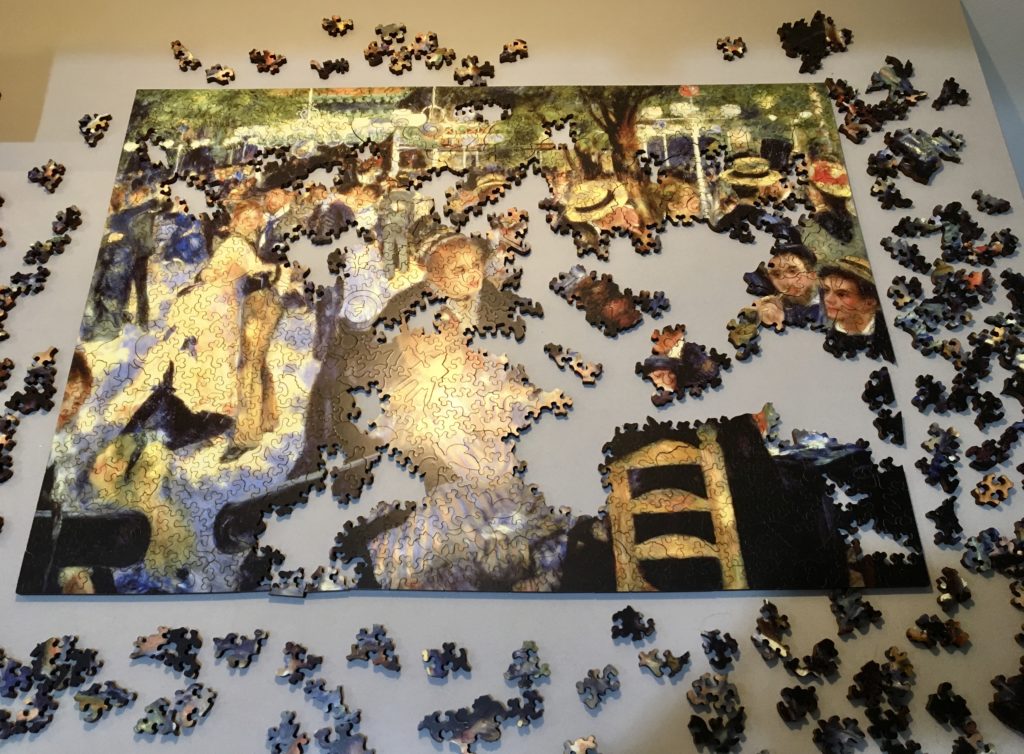
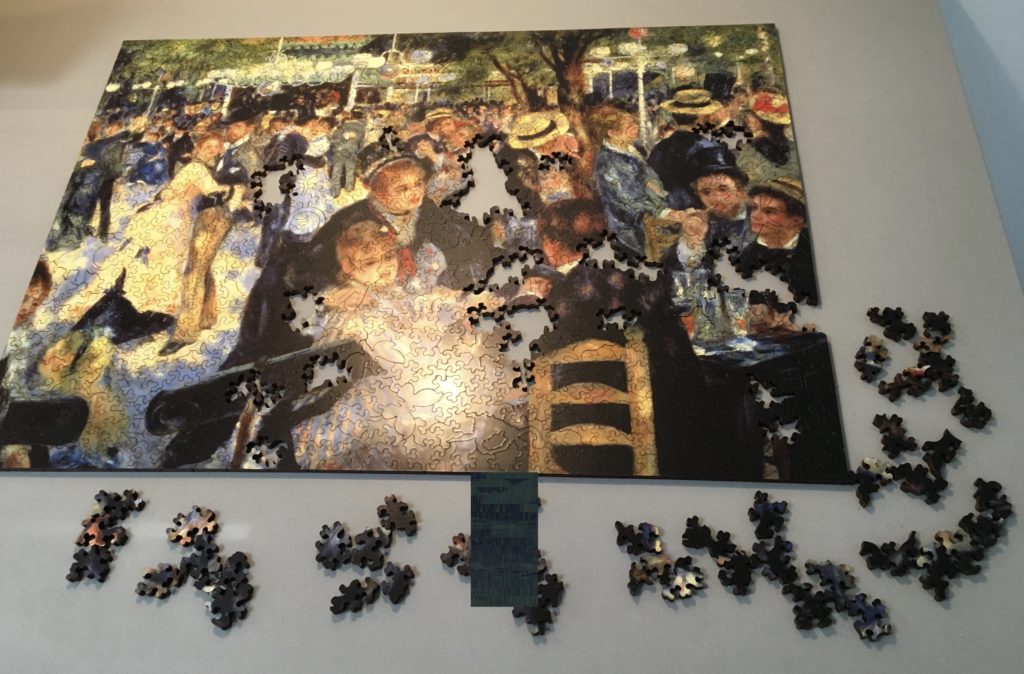
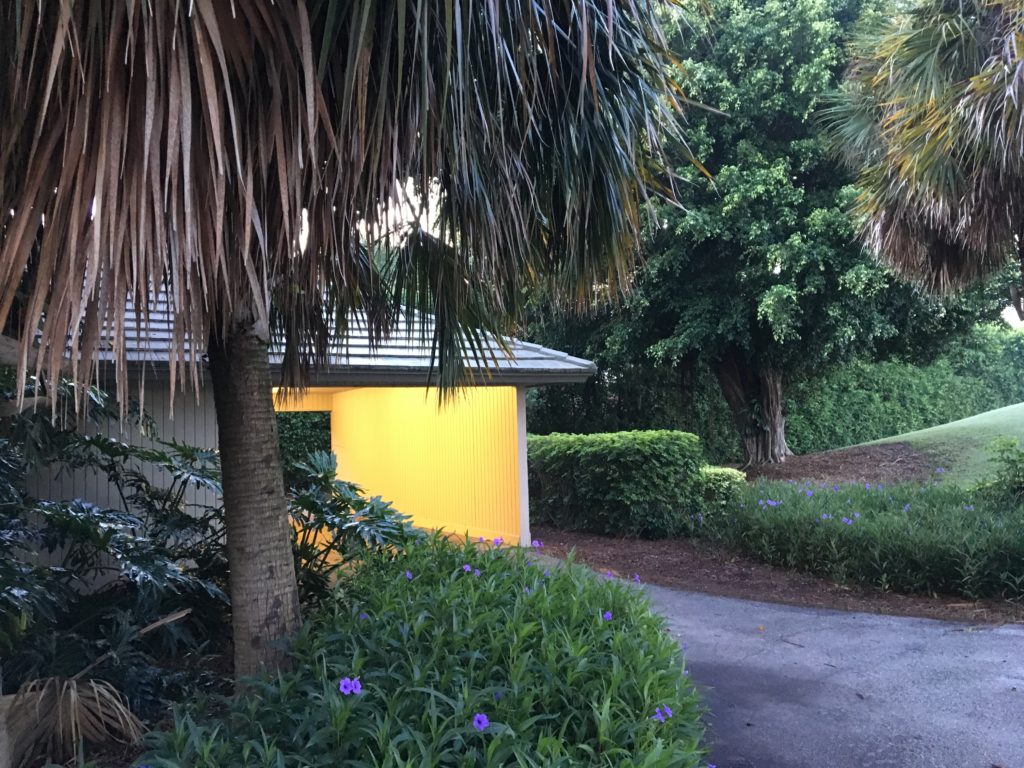
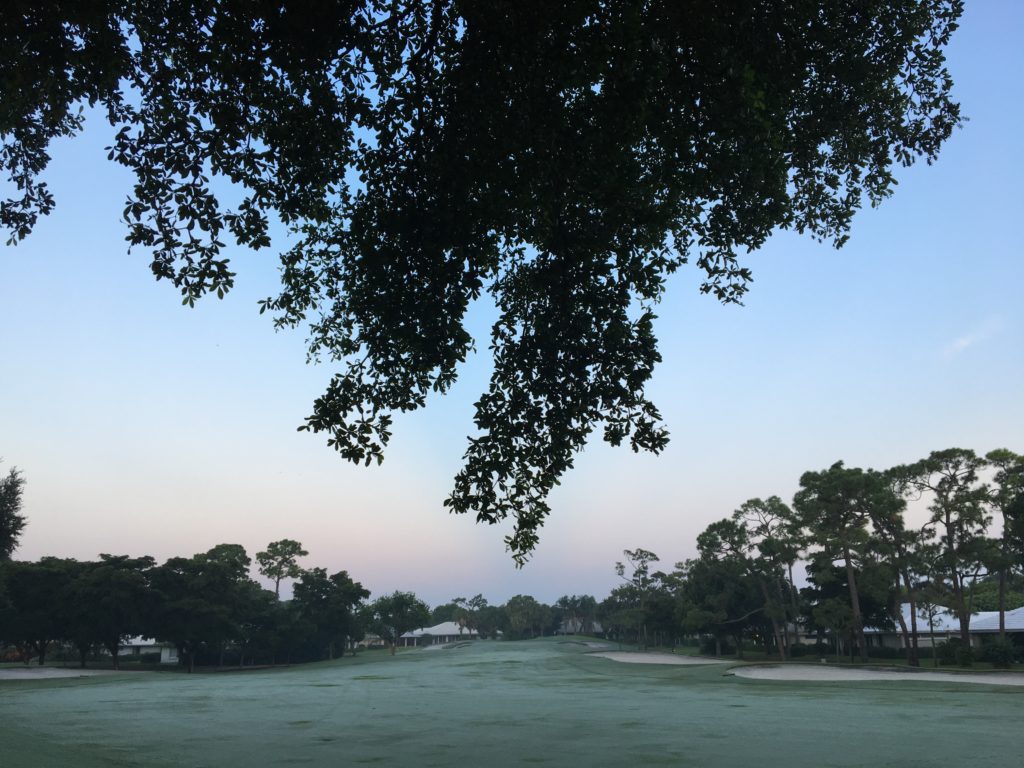
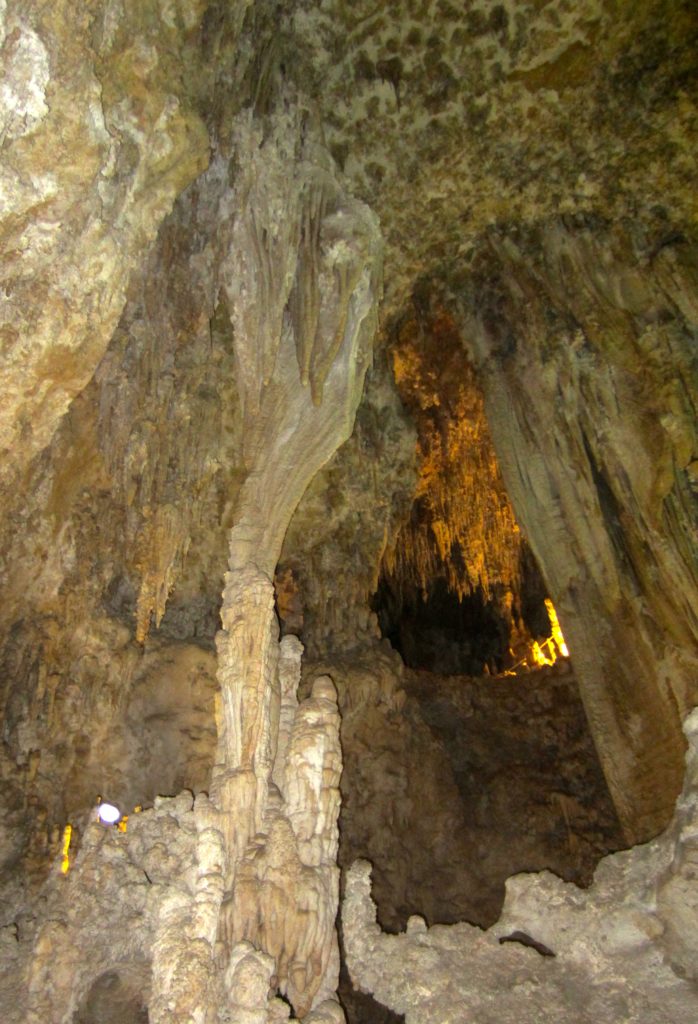

Leave a Reply